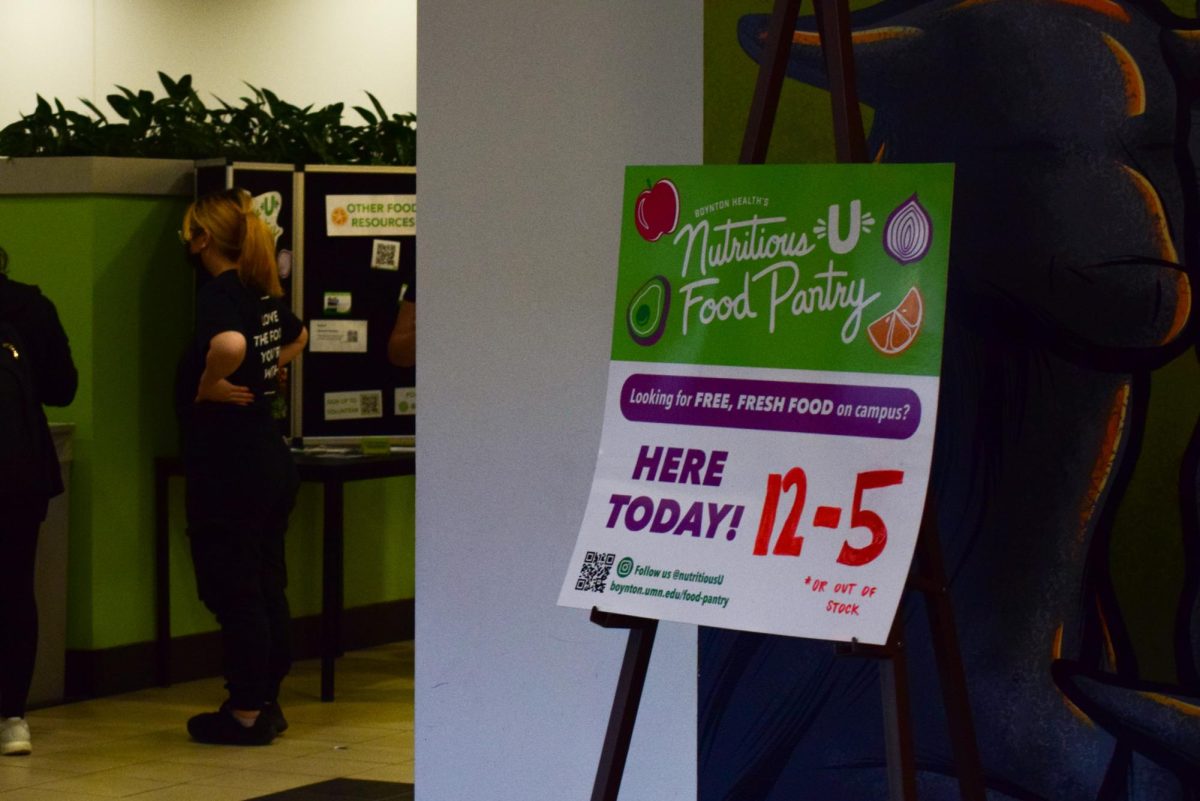As Minnesota prepares for an approved rebate program starting next year, interest in e-bikes continues to increase.
The rebate program, which was included in the state legislature’s omnibus transportation bill in May, would allow a rebate of up to $1,500 for Minnesotans looking to purchase an electric-assisted bicycle. The bill allocated $2 million for the program, which will open to applications July 1, 2024.
There are a few requirements to be eligible for the rebate: individuals must be over 15 years old, be a taxpayer and not be claimed as a dependent on someone else’s taxes.
Additionally, whether someone can claim the full refund depends on their income. Those making below $25,000 annually – or $50,000 for a married taxpayer with a joint tax return – will be able to claim the full $1,500. Those earning above that threshold will be eligible for less depending on their income.
The program does not apply to past purchases of e-bikes.
“Farther, faster, with less effort”
“It changes how you plan your day,” said John McConaghay, a worker at The Hub Bicycle Co-op. “You can cruise all the way across town from St. Paul to downtown [Minneapolis] and still feel fresh when you get there. You can pick up tons of groceries or something on the side of the road.”
The Hub has two locations, one of which is situated in the middle of the University of Minnesota campus under the Oak Street parking garage.
While the University location is the smaller of The Hub’s two locations and mainly focuses on repairs, the shop carries a small inventory of bikes and offers a 10% discount to students, staff and faculty.
McConaghay said he has seen an increase in interest in e-bikes from people who have heard about the rebate at The Hub’s stores. However, he added that the details are still light on how their store can become an eligible retailer to accept the rebate.
The Hub carries about eight e-bike models, ranging in price from $1,500 to $5,000. McConaghay added one of the biggest draws for prospective e-bike buyers is their accessibility.
“It puts more journeys within reach of the average rider,” McConaghay said. “It allows you to go farther, faster, with less effort, carry more and feel better after the ride.”
Building for bikes
Greg Lindsey, a Humphrey School professor whose research focuses on bicycle infrastructure, said e-bikes are a welcome development in getting more people to travel in active and sustainable ways.
However, Lindsey added e-bikes’ ability to replace cars might be limited by factors like weather.
“If you look at patterns of bicycle usage, particularly in the Twin Cities year-round, there’s huge seasonality,” Lindsey said. “Nothing about an e-bike itself is going to change people’s preferences for bicycling when it’s zero degrees.”
Lindsey also pointed out that in the winter, bike lanes often go unmaintained or get covered by snow when plows are clearing lanes for car traffic.
“From a planning perspective, we need to think about infrastructure changes to support them,” Lindsey said. “That can range from charging facilities to redesigns of bikeways and roadways. We need to think about traffic safety.”
There are some unanswered questions about mixing traffic of electric bicycles, not only with pedestrians but also with normal bicycles, according to Lindsey.
He added the increased speed and weight of e-bikes bring more risk for injury. As a result, planners have to consider whether e-bikes should use mixed-use trails or be given separated infrastructure.
Lindsey pointed to Southeast Oak Street as an example of separated bicycle infrastructure. The stretch between Washington Avenue and East River Parkway has a two-way bike lane separated from vehicle traffic by segments of short concrete barriers and plastic bollards.
Maximizing safety for cyclists is the best way for planners to increase the use of bicycles, according to Lindsey.
“That means, ‘How do we carve out a space on existing roadways for cycles?” Lindsey said. “Because most of them were built without that in mind.”






















